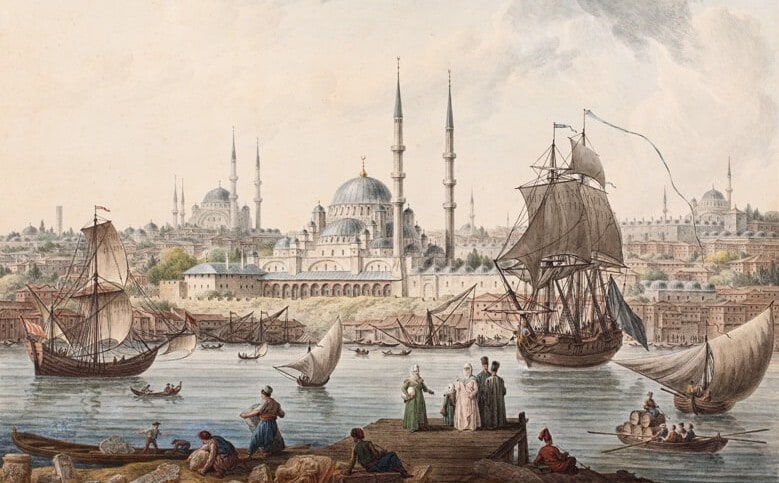Director: Régis Sauder
Cast: Abou Achoumi, Laura Badrane, Morgane
Badrane
France, 69’, 2011, color
French with Turkish subtitles
Ah, the
high school English class, where works of great literature are foisted upon
students as required reading. Those great tomes filled with heady prose and
characters from another era are supposed to be vitally important to every young
person’s education, but how relevant are they to the realities of daily
angst-ridden teenage existence? In a refreshing and inspired look at the lives
of contemporary youth, director Régis Sauder attempts to make that elusive
connection between classic literature and contemporary teenage life through the
authentic voices and emotions of one Marseille high school class studying the
17th century French novel La princesse de Clèves. A tale of love and duty in the
16thcentury court of King Henri II, this classic text has been taught in French
classrooms for decades. But Sauder gives it a new spin, juxtaposing its
narrative with the lives of the students themselves, a diverse population of
teens from predominantly working-class and immigrant families. As they gradually
begin the stressful preparation for their baccalaureate exams, the students
recite assorted passages from the book and speak candidly about their hopes and
dreams, love and heartbreak, family and friends and their own place in today’s
French society.

When regarding the paintings of Istanbul by western painters, Golden Horn has a distinctive place and value. This body of water that separates the Topkapı Palace and the Historical Peninsula, in which monumental edifices are located, from Galata, where westerners and foreign embassies dwell, is as though an interpenetrating boundary.
Tuesday - Saturday 10:00 - 19:00
Friday 10:00 - 22:00
Sunday 12:00 - 18:00
The museum is closed on Mondays.
On Wednesdays, the students can
visit the museum free of admission.
Full ticket: 300 TL
Discounted: 150 TL
Groups: 200 TL (minimum 10 people)